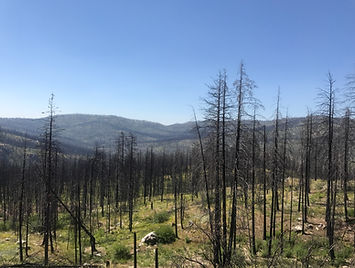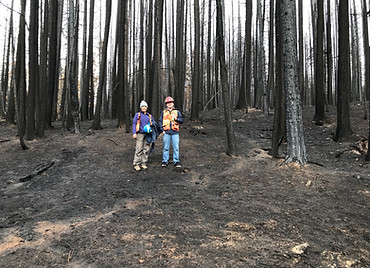Fabiola Pulido Barriga, Ph.D.
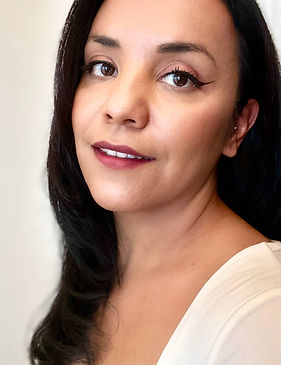
About Me
Dr. Fabiola Pulido Barriga
I’m a first-generation DACA scholar and currently a postdoctoral researcher at the University of California, Irvine, in the Jen Martiny Lab. My research focuses on fungal and bacterial interactions, particularly how these microbial communities respond to environmental change.
I am also part of various national committees, so feel free to reach out if you want more information

MSA-DEI
Research
Interest

Research Interest
Wildfire effects on soil microbial communities
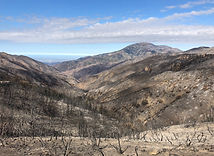

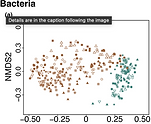
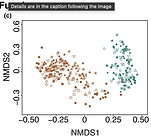
Microbial Ecological Theories
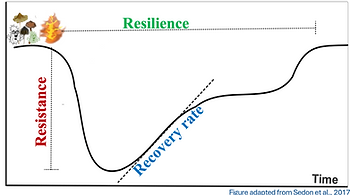
Succesion
Bacteria and Fungal Interactions during Cellulose Degradation

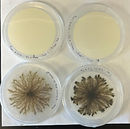


My work focuses on understanding the ecological processes that shape soil fungal and bacterial communities—from identifying the drivers of their change, to developing microbial ecological theory, to uncovering how they interact over time.
-
My current research investigates cross-kingdom interactions between fungal and bacterial communities during litter decomposition at the Loma Ridge Global Change Experiment (LRGCE) in Irvine, California.
-
I use naturally co-occurring microbial communities from grassland litter to explore how microbes interact during decomposition and how these interactions shape ecosystem functioning under global change.
-
Understanding these interaction types in natural systems can inform ecological theory and improve predictions of decomposition under environmental change.
-
-
During my Ph.D at UC Riverside in the Glassman Lab, I studied the secondary successional and functional dynamics of pyrophilous ("fire-loving") bacteria and fungi following the Holy Fire, which burned through the Cleveland National Forest in Riverside County.
-
This work contributed to the development of microbial ecological theory, particularly around secondary succession, resilience, and the environmental drivers that shape microbial recovery after disturbance.
-
